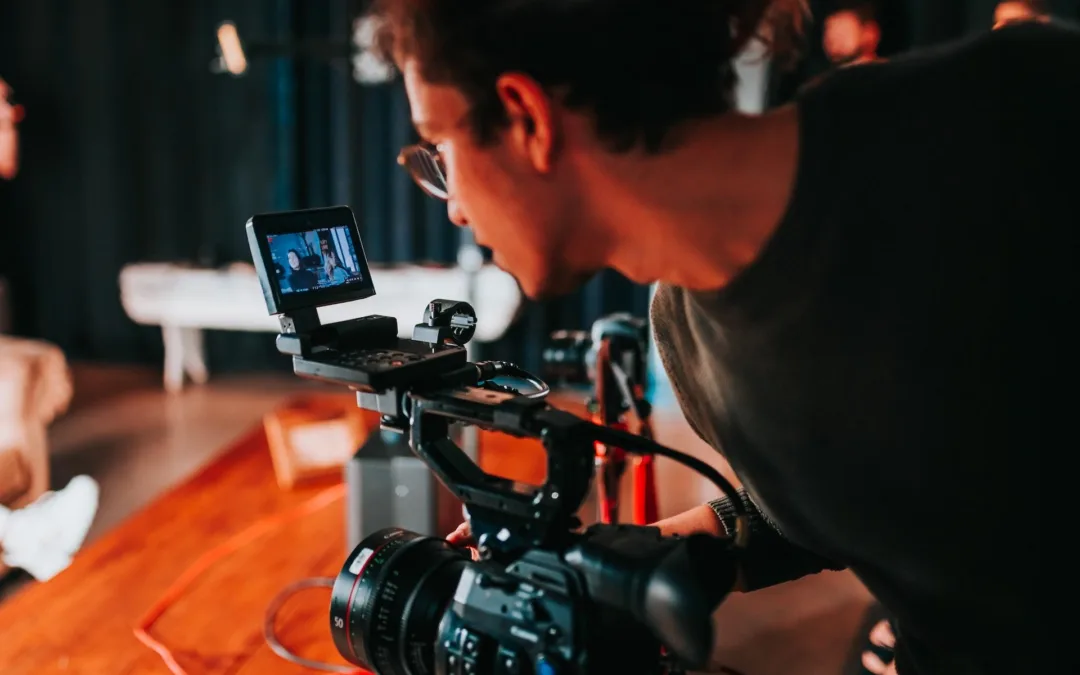Are you looking to create a video to market your business? A storyboard is essential for any video project, as it’s the blueprint that will guide the production process and help ensure you get the most out of your investment. In this blog post, we’ll discuss a storyboard, its importance, and how to use it to craft an effective video marketing strategy.
Storyboard: What Is It?
A storyboard is a visual representation of your video’s appearance when it’s complete. It typically includes sketches or images of each scene in the final product and notes about the audio and music used. The storyboard also outlines the order in which scenes appear and helps determine the actors or elements necessary for each shot.
The Advantages of a Storyboard
Using a storyboard can save time and money by helping you plan and ensure all elements are accounted for before filming begins. It also helps ensure everyone involved in the production process understands their roles. Additionally, having a clear plan can help keep the production on track so that everything gets noticed and remembered during filming.
How to Prepare for Storyboard Script Writing
Before writing your storyboard script, there are several steps you should take first. First, determine who your target audience is and what message you want them to receive from the video; doing so will help inform the content of your script and ensure that it resonates with viewers. You should also research competitors’ videos so that yours stands out from the crowd. Finally, decide on any visuals or special effects you would like included in your video so they can be ready for filming.
How to Create a Screenplay and Build a Storyboard
Once you have taken these steps, it’s time to structure your storyboard and write your script. Start by outlining each scene with sketches or images. Then write descriptions of each scene, including dialogue, action sequences, and sound effects, so everyone knows what must happen during filming day(s). Lastly, include notes about any special effects or visuals you want.
Use Royalty-Free Stock Footage to Save Money
If creating original footage isn’t feasible due to budget constraints, consider using royalty-free stock footage instead. This type of footage has been pre-filmed by professional videographers and can usually be purchased at low cost online or via subscription services. Using stock footage saves money while still allowing you to create an engaging video with exciting visuals.
The Best Channels for Sharing Your Video
Once you have finished storyboarding and filming your masterpiece, it’s time to share it with the world. Look for the most suitable channels to upload/share your content, create new accounts if necessary, or update existing ones. Finally, make sure to include relevant hashtags so people searching for topics related to yours can easily find them.
Crafting an effective storyboarding process is critical to any successful video marketing strategy, especially when budgets are tight. However, you can create a winning video marketing campaign without exceeding the budget by establishing your target audience, writing a script, and using royalty-free videos.
Grow your brand and scale your business with digital marketing services from Digital Marketing Stream.
Smarter Marketing Starts Here
Subscribe to receive the latest AI marketing and CTV ad tips that help you stay ahead - delivered straight to your inbox. Join our newsletter!

